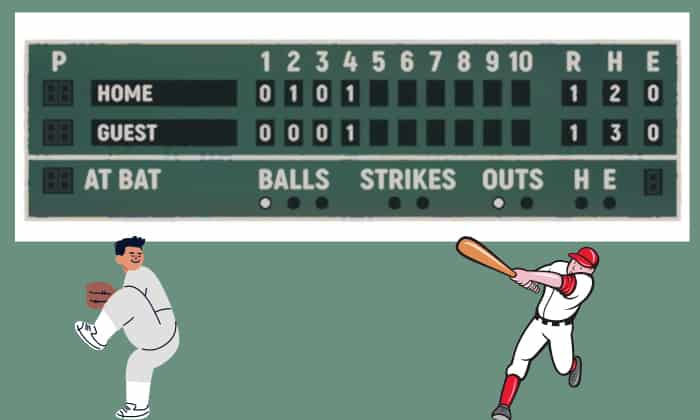In baseball, the inning is a crucial unit of play that defines the structure and pace of the game. Comprising nine standard innings, the length can vary under certain conditions such as in youth leagues, doubleheaders, or extended games due to tiebreakers.
The Structure and Role of an Inning
An inning, the heartbeat of a baseball game, is divided into two halves: the top, played by the visiting team, and the bottom, played by the home team. Each half provides opportunities for the offense to score runs, while the defense aims to prevent them. The inning’s structure is vital, ensuring a balanced contest between batting and fielding.
Variation in Innings Across Baseball Leagues
While Major League Baseball (MLB) games are typically nine innings, this number varies in other leagues and levels. For instance, high school games often consist of seven innings, and certain youth leagues may have fewer. These variations account for player age, skill level, and time constraints.
The Significance of Innings in Game Strategy
The number of innings in a baseball game influences managerial strategies and gameplay. Considering the limited number of innings, managers must skillfully utilize their pitchers and fielders. The game’s later stages often involve more tactical decisions, as the outcome may hinge on key plays or innings.
Factors Influencing the Duration of an Inning
While an average inning lasts about 20 minutes, this can fluctuate based on various elements such as the number of batters, pitching changes, and play stoppages. These factors contribute to the dynamic and unpredictable nature of baseball, affecting game length and intensity.
Key Aspects of Baseball Innings
- Inning Structure: Each inning is split into two halves – the top for the visiting team and the bottom for the home team;
- Offensive and Defensive Roles: Teams alternate between offense and defense in each half of an inning;
- Strategic Importance: The number of innings influences team strategy, particularly in managing pitchers and fielding;
- Duration Variability: The length of an inning can fluctuate, affected by factors such as the number of batters and pitching changes;
- Cultural and Historical Significance: Innings have evolved, reflecting baseball’s development as a sport.
Comparative Table: Innings Across Different Baseball Leagues
| League | Standard Number of Innings | Extra Innings Rule | Notable Differences |
|---|---|---|---|
| Major League (MLB) | Nine | Unlimited until a winner | Standard professional play |
| High School | Seven | Limited by league rules | Shorter due to youth play |
| Youth Leagues | Varies (often fewer) | Adapted for young players | Tailored for development |
| Nippon (Japan) | Nine | Up to 12 innings | Cultural differences |
| KBO (South Korea) | Nine | Up to 10 innings | Player safety considerations |
Difference Between Baseball and Football Cleats: Impact on Innings and Gameplay
Understanding the distinction between baseball and football cleats is crucial, especially when considering their impact on the gameplay and strategy within the innings of a baseball match. In this section, “Difference Between Baseball and Football Cleats: Impact on Innings and Gameplay,” we explore how the specific design of baseball cleats influences player performance during the innings.
Baseball cleats, typically featuring metal spikes, are designed to provide traction and agility on the baseball field’s surfaces, which include grass and dirt. This design is particularly beneficial for baseball players who require quick bursts of speed and rapid directional changes during the innings, such as when running bases or fielding.
On the other hand, football cleats, usually with rubber soles, are designed for the rigorous demands of football, including sharp turns and breaks on a grass field. While these cleats offer stability and support, they are not as suited for the specific movements and surface conditions encountered in baseball innings.
The choice of cleats in baseball is thus not only a matter of personal preference and comfort but also a strategic decision that aligns with the requirements of the sport. Wearing the appropriate cleats enhances a player’s ability to perform effectively during each inning, contributing to both individual and team success in baseball.
Video Guide
To answer all your questions, we have prepared a video for you. Enjoy watching it!
Conclusion
In summary, understanding the structure and role of innings is fundamental to appreciating the game of baseball. Innings provide a framework that dictates the rhythm and strategy of a match, making them a central aspect of the sport. The standard nine innings in Major League Baseball set the pace for professional play, while variations in other leagues accommodate different player needs and cultural preferences.
Innings not only shape the game’s duration but also influence the tactical decisions of managers and players. The fluctuating length of innings due to various factors adds a layer of unpredictability and excitement to baseball. Recognizing the nuances of innings across different leagues enhances one’s appreciation of the sport’s diversity and history.




